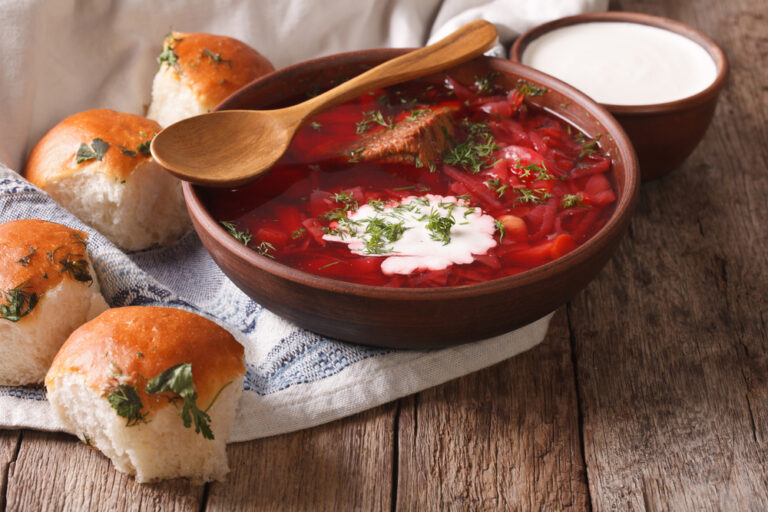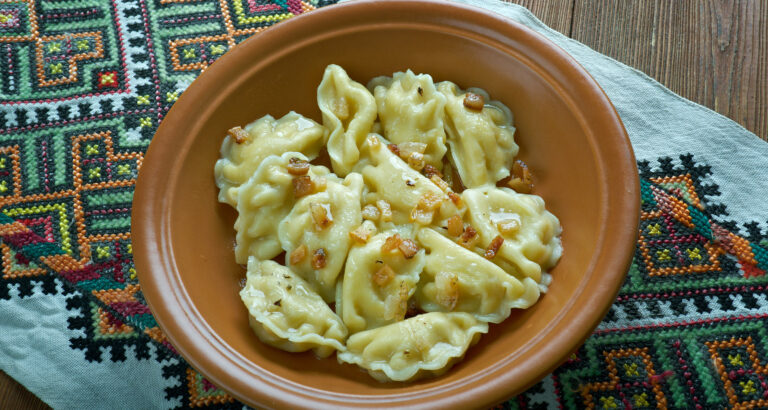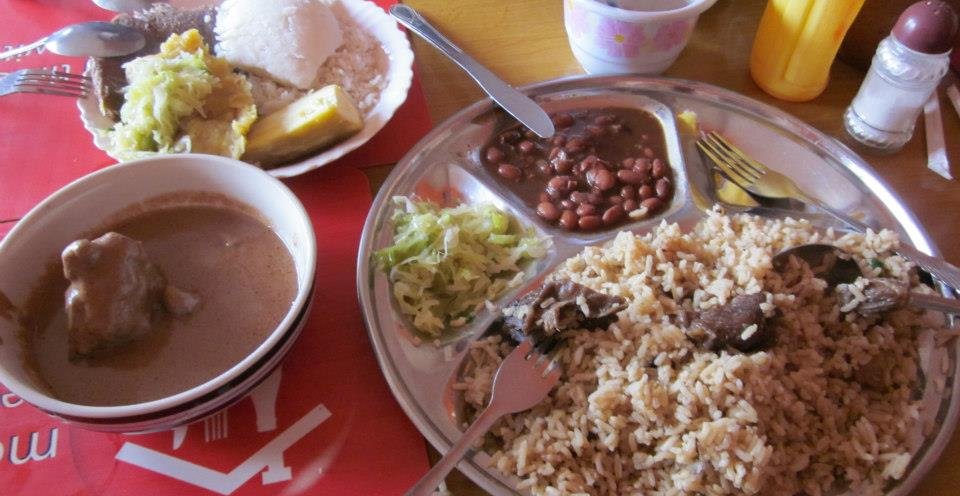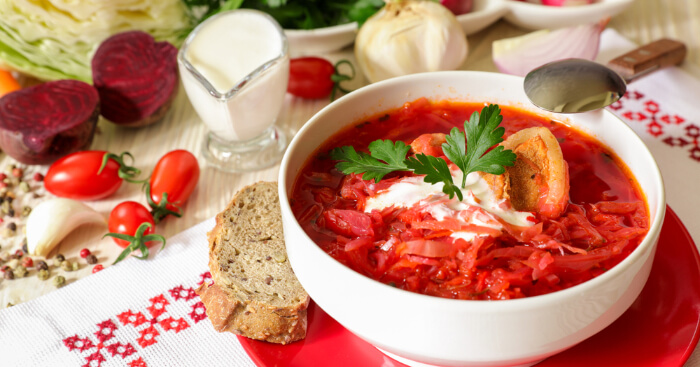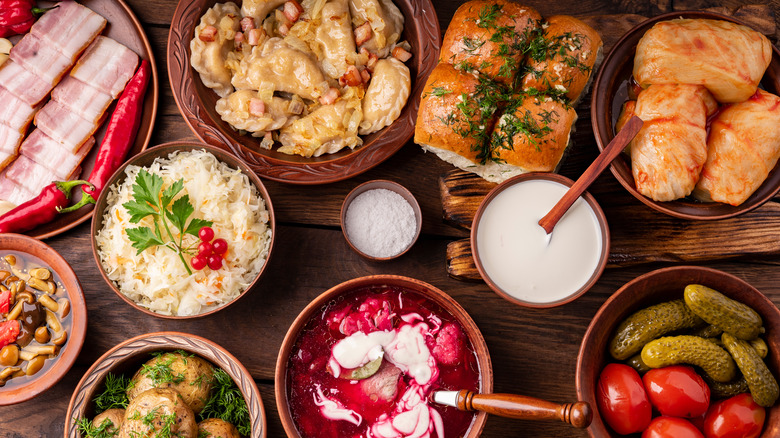Introduction: Exploring Ugandan Cuisine
Ugandan cuisine is an amalgamation of various African, Asian, and European influences. It is generally known for its simplicity, and the use of fresh ingredients and spices. Ugandan food is often cooked over an open flame and is characterized by its bold flavors and hearty portions. The cuisine is not only nourishing but also reflects the country’s rich heritage and history.
Staple Foods: What Do Ugandans Eat?
Ugandan cuisine is centered around staple foods such as matoke (plantains), cassava, sweet potatoes, and millet. Matoke is a staple food in Uganda and is often served as a main dish. It is cooked by steaming the plantains in banana leaves until they are soft and tender. Cassava is another staple food that is boiled or roasted and served alongside stews and sauces. Sweet potatoes and millet are also commonly consumed and are used in a variety of dishes.
The Role of Stews and Sauces in Ugandan Cuisine
Stews and sauces play a significant role in Ugandan cuisine. They are made with a variety of vegetables, spices, and proteins such as beef, chicken, and fish. Groundnut sauce, also known as peanut sauce, is a popular sauce that is served with many dishes. It is made by grinding roasted peanuts and then simmering them with tomatoes, onions, and spices. Another popular sauce is the matoke sauce, which is made by cooking tomatoes, onions, and garlic in oil and then adding the steamed plantains.
Unusual Ingredients: Discovering Ugandan Flavors
Ugandan cuisine is known for its use of unique ingredients such as simsim (sesame seeds), nakati (African nightshade), and luwombo leaves. Simsim is used to make a paste, which is then added to stews and sauces to thicken and flavor them. Nakati is a leafy vegetable that is typically sautéed with onions and tomatoes and served as a side dish. Luwombo leaves are used to wrap meat or fish with vegetables, spices, and banana leaves, and then steamed until cooked.
Street Food Culture: A Unique Culinary Experience
Uganda’s street food culture is vibrant and diverse, offering an authentic culinary experience. Some popular street foods include rolex, a chapati (flatbread) rolled up with eggs and vegetables, and samosas, which are stuffed with spiced meat or vegetables and then fried. Other popular street foods include cassava chips, roasted maize, and grilled meat skewers.
Desserts and Beverages: Sweet Endings to a Ugandan Meal
Desserts and beverages are an essential part of Ugandan cuisine. Ugandans enjoy sweet treats such as mandazi, a fried doughnut-like pastry, and kabalagala, a sweet potato pancake. Beverages such as tea, coffee, and fresh fruit juices are also prevalent. Ugandan coffee is renowned for its quality, and the country is one of the top coffee producers in Africa.
In conclusion, Ugandan cuisine is a reflection of the country’s diverse heritage and cultural influences. The cuisine is simple yet flavorful, with a focus on fresh ingredients and bold spices. Exploring Ugandan cuisine is a unique culinary experience that is sure to delight the taste buds.



